On April 29, 1975, we liberated Truong Sa island, launched a general offensive on the entire Saigon-Gia Dinh front. The Politburo and the Central Military Commission directed to continue the attack on Saigon with the strongest momentum.
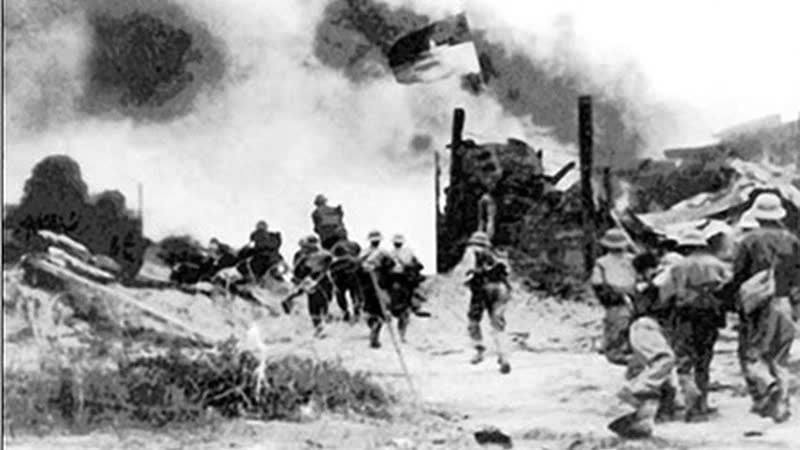
At 5:00 a.m. on April 29, the Politburo sent a telegram praising the units that had achieved many great feats in the past days; at the same time, calling on compatriots, comrades, cadres, soldiers... to quickly attack the enemy's last lair, destroy all enemy resistance, combine attacks and uprisings to completely liberate Saigon-Gia Dinh city.
The Politburo also reminded units to maintain strict discipline, thoroughly comply with all directives and orders, protect people's lives and property, enhance the revolutionary nature and tradition of determination to win of the army, and achieve complete victory for the historic campaign named after the great President Ho Chi Minh.
At 10:00 a.m. on April 29, 1975, the Politburo and the Central Military Commission sent the Ho Chi Minh Campaign Command the directive: …“continue to attack Saigon as planned; advance with the strongest momentum, liberate and occupy the entire city, disarm the enemy army, dissolve the enemy's government at all levels, and completely crush all their resistance.”
To the southeast, the 2nd Corps began firing at Tan Son Nhat airport at 4:30 a.m. On April 29, 1975, the 304th Division (2nd Corps) continued to attack and finish off the enemy at the infantry school, the armored vehicle parking lot at Nuoc Trong base and Long Binh intersection.
At 10:00, Regiment 9 occupied the intersection of Route 15, then the entire 304th Division followed Route 15 to occupy Song Buong bridge, Long Binh base. The penetrating force (including the 203rd Armored Brigade and the 66th Regiment and a part of artillery, engineers, and air defense) quickly moved forward, established contact with the 116th Special Forces Group holding Dong Nai bridge, and prepared to break into the inner city.
At the same time, Regiment 46 (Division 325) finished off the remaining targets in Nhon Trach, then attacked Tuy Ha citadel. The enemy there resisted fiercely. Division 325 had to send a part of Regiment 121 with tanks to assist in the fight.
At 4:00 p.m. on April 29, 1975, Regiment 101 and tanks began to advance with Regiment 46 to launch a decisive attack. Three T.54 tanks advanced 500 meters to the Tuy Ha citadel gate, using artillery, machine guns, and 12.7mm to suppress enemy firing points.
The 46th Regiment once again rushed forward. The 3rd Battalion of the 101st Regiment, led by T.54 tanks, bravely charged straight into the main gate and quickly spread out to capture the strongholds. We took control of Tuy Ha citadel at 6:00 p.m. on April 29, 1975.
Next, Division 325 organized a pursuit, crossed the river to capture Cat Lai naval base, then continued to attack District 9 and the Navy Command of the Republic of Vietnam. Meanwhile, Division 3 continued to advance to Vung Tau and liberated the town at 4:00 p.m. on April 29, 1975.
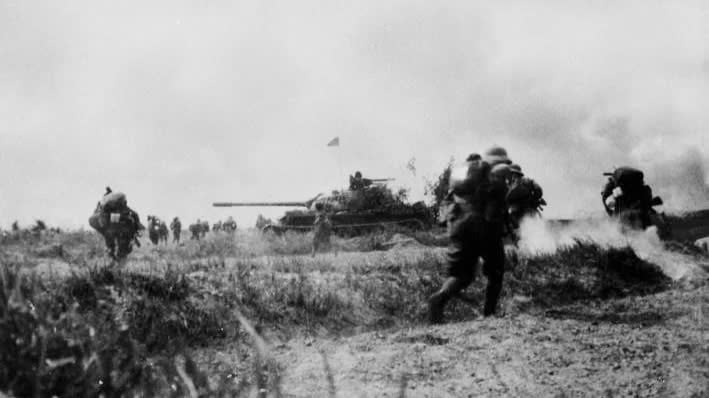
To the east, from the morning of April 29, 1975, Division 341 (4th Corps) led by tanks successively destroyed many enemy resistance nests. At the Ho Nai intersection, they encountered a deep trench that could not be crossed. The tanks circled north and attacked Bien Hoa.
Meanwhile, Regiment 273 destroyed the enemy at Long Lac station and then advanced to Bien Hoa airport to occupy the base of the 3rd Air Division of the Republic of Vietnam. After capturing the armored base of the 18th Division of the Republic of Vietnam in Yen The, Regiment 270 coordinated with Division 6 to capture the Hoc Ba Thuc artillery base, then together with Regiment 266 bypassed Ho Nai to attack Long Binh. On the night of April 29, 1975, Division 6 smashed the enemy defense line at the Ho Nai intersection.
By the evening of April 29, 1975, due to having to break through many enemy defense areas, the 4th Corps had not yet passed Bien Hoa town.
At the same time, the 7th Division's deep penetration force followed Route 1 to destroy the 6th Marine Battalion and a part of the 82nd Regiment (18th Division of the Republic of Vietnam) 1,500m from Ho Nai. After that, the unit organized a breakthrough through Tam Hiep and accelerated the attack.
Coordinating with the main forces of these two directions, on April 29, 1975, the coastal forces operated quite effectively. Special Forces Group 116 raided the enemy's logistics command post in the southwest of Long Binh, the Long Binh fuel depot and organized a checkpoint to hold the Dong Nai highway bridge. Special Forces Group 115 captured Ghenh bridge for the second time, organized a unit to raid the Command Post of the 15th Armored Regiment of the Republic of Vietnam and the logistics center in Hoc Ba Thuc. Special Forces Group 10 captured Phuoc Khanh, Dong Tranh intersection, and burned 10 enemy ships on the Saigon River.
In the northwest direction, at 7:00 a.m. on April 29, 1975, in the direction of Division 316, a part of the enemy armored vehicles including 7 vehicles suddenly escaped from Trang Bang and ran towards Lao Tao. They were intercepted by Battalion 3 of Regiment 174, destroying 2 vehicles. The rest fled to Phuoc My, met Battalion 1, destroyed 2 more vehicles and turned on the remaining 3 vehicles.
On the same day, Battalion 3 of Regiment 174 captured Trung Hoa, then Lao Tao, and coordinated with Battalion 1 to attack Phuoc Hiep and Dong Chua. At Trang Bang, Regiment 149 adjusted its formation to encircle more tightly, destroying Trang Chua Bridge. Battalion 8 of Regiment 149 captured the school area, Battalion 9 captured the market area, police station, and administrative area.
By 5:00 p.m., the 316th Division controlled Trang Bang, destroying and disintegrating the 46th and 49th regiments, the 251st security regiment, and an armored regiment. The 25th Division of the Republic of Vietnam was wiped out.
On the same day, April 29, 1975, the 198th Special Forces Regiment (3rd Corps) captured Bong Bridge and Sang Bridge and defeated the 81st Airborne Commando Battalion and then handed it over to the 10th Company (64th Regiment) to guard. At 5:30 a.m. on April 29, 1975, the 320th Division attacked and by 11:00 a.m., destroyed and disintegrated the 25th Division of the Republic of Vietnam, completely controlling the Dong Du base.
Special forces captured Bong and Sang bridges on Highway 1, creating conditions for the 3rd Corps to enter the inner city. At 5:25 a.m. on April 29, 1975, the 10th Division entered the inner city on two wings. The 24th Regiment and a tank battalion followed Highway 1, defeated the enemy group in Hau Nghia, Cu Chi, then expanded to capture Quan Nam and Hoc Mon citadels.
The 28th Regiment and its reinforcements followed Route 15 to capture Phu Hoa Dong and Tan Quy. After that, the Regiment returned to Ba Ri and Tan Quy, followed Provincial Road 8, crossed Dong Du, advanced to Bong Bridge, and captured the Quang Trung training area. At 9:00 p.m. on April 29, the Regiment arrived at Ba Queo, was fiercely blocked by the enemy, and had to stop to consolidate.
In the north, on April 29, Division 312 (1st Corps) brought Regiment 165 close to Phu Loi base, Regiment 209 deployed to block positions, and simultaneously organized to capture enemy bases in An Loi, on Highway 14 and Tay bridge, My Hanh, Xoai hamlet on Highway 13. The battle to attack the enemy in An Loi was very fierce. We and the enemy fought for each gun emplacement, each bunker. The light command post of the 5th Division of the Republic of Vietnam panicked and fled, and was taken prisoner by our blocking force in Phu Cuong.
On the 1st Corps's deep thrust direction, the 320B Division continued to accelerate its attack. At 2:00 a.m. on April 29, 1975, the mobile deep thrust formation with more than 300 vehicles of various types began to move towards Lai Thieu-Sai Gon. It was stopped by the enemy near Tan Uyen.
At 4:30 a.m. on April 29, 1975, Regiment 48, supported by tanks, armored vehicles and artillery, coordinated with the forces of Regiment 64 and Regiment 27, divided into 3 groups to attack Tan Uyen district. The battle was very fierce. After nearly 30 minutes of fighting, all 3 of our groups broke through to the center, completely controlled the enemy base, and opened the way for the deep thrust along Highway 16 from Tan Uyen-Bung to Lai Thieu into Saigon.
After a day of fighting, on the direction of the 1st Corps, the units bravely attacked and broke through the enemy's outer defense line north of Saigon. The 312th Division's division direction successfully completed the mission of encircling and isolating the 5th Division of the Republic of Vietnam. The 209th Regiment completely cut off Routes 13 and 14, preventing the 5th Division of the Republic of Vietnam from moving and rescuing each other.
The 165th Regiment and a battalion of the 141st Regiment, along with the armored tank force, approached the Phu Loi base, ready to attack and capture the enemy's strongest stronghold on the northern Saigon defense line. On the direction of the deep thrust campaign, the 320B Division made a rapid attack on the march, penetrating more than 60km into the enemy's defense line, preparing to attack and capture Lai Thieu and the General Staff of the Republic of Vietnam, the headquarters of the puppet military branches in the inner city. The deep thrust campaign force of the Corps was only more than 15km from the enemy's lair.
On April 29, 1975, the combined forces in the north and northwest attacked the enemy, coordinating very effectively. At 9:30 a.m. on April 29, 1975, the 1st Gia Dinh Regiment attacked the enemy in two communes, Tan Thoi Nhat and Xuan Thoi Thuong (Tan Binh District), destroyed the Nhu Dong intersection on Route 9, supported the people in their uprising to gain control, and hunted down the remaining soldiers. Local troops and Cu Chi guerrillas, together with the people, surrounded and forced the withdrawal and surrender of most of the enemy posts in the communes and hamlets. On the afternoon of April 29, 1975, the entire Cu Chi District was liberated.
The 115th Special Forces Regiment liberated Tan Thoi Hiep commune, defeated the counterattacking paratroopers. The 10th Gia Dinh Battalion occupied Cho Moi bridge. The commandos attacked Binh Phuoc bridge, Quan Tre radio station, and the Cu Chi local company occupied the sub-region. The 80th Special Forces Battalion attacked the artillery position and armored camp in Phu Dong, Go Vap. The Gia Dinh Regiment blocked the 50th Regiment of the 25th Division of the Republic of Vietnam from Dong Du to...
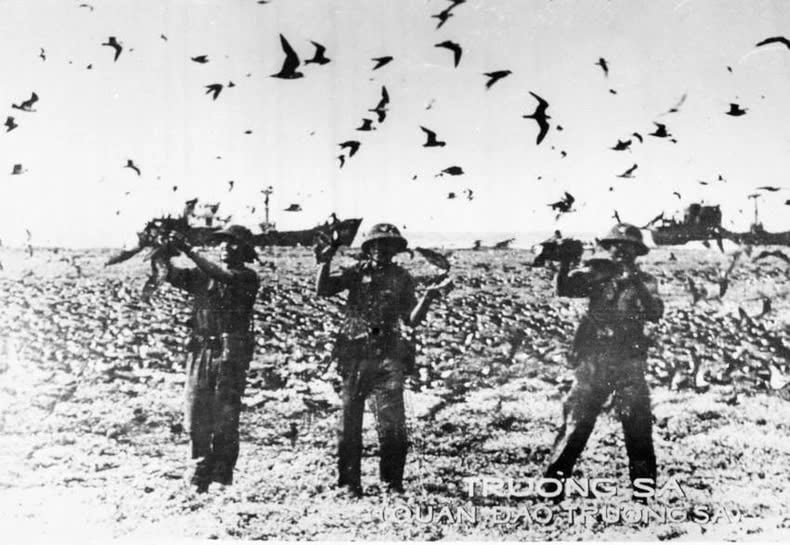
In the west and southwest direction, at 10:10 a.m. on April 29, 1975, the 3rd Division (Group 232) took control of Hau Nghia town, then organized to capture Duc Hoa and Duc Hue sub-regions (at 2:30 p.m.), Tra Cu base (6:20 p.m.) and then organized to cross the Vam Co Dong River. The 9th Division brought all its forces across My Hanh, then penetrated deep towards Ba Queo.
On the night of April 29, 1975, the 8th and 9th Battalions of the 3rd Regiment, 9th Division opened fire and destroyed the command post of the 8th Regiment and the 86th Ranger Battalion on the Dai Han Highway belt; then defeated the 327th Security Battalion in the south of Vinh Loc when this battalion retreated from Duc Hoa to Saigon. The 7th Battalion was reinforced with four PT85 tanks, attacked the 317th Security Battalion post, killed and captured 196 enemies. The 5th and 8th Divisions continued to cut Route 4, held firm, and repelled many enemy counterattacks. The 24th and 88th Regiments expanded to the north of Can Giuoc and Hung Long.
Coordinating with the main force, the Saigon-Gia Dinh peripheral forces in this direction also increased their activities. The 429th Special Forces Regiment attacked the 8th Special Forces Battalion at Tan Tao, Ba Hom, and the Phu Lam radar area; captured Hamlet 2 (Binh Tri Dong), Binh Hung Hamlet, Ky Thuc On, and Nhi Thien Duong Bridge. The 117th Special Forces Regiment fired artillery at Tan Son Nhat Airport. Binh Chanh local troops captured Tan Tuc and Tan Hao sub-regions (Tan Binh District) at 10:30.
By the end of April 29, 1975, our troops had smashed the enemy's outer defense line, destroying and disintegrating most of the 5th, 25th, 18th, 22nd, and 7th divisions of the Army of the Republic of Vietnam. The penetrating troops had advanced to the outskirts, 10 to 20km from the center of Saigon. The local armed forces were active in the areas, holding the bridges on the way into the city.
On the enemy side, on April 29, 1975, Cao Van Vien, Chief of the General Staff, and many generals of the Republic of Vietnam fled. At 11:15 a.m. on April 29, 1975, US President G. Ford ordered a helicopter evacuation named "The Daredevil", bringing the remaining 5,000 Americans out of South Vietnam.
In the Southwest region, from April 29, 1975, according to the overall coordination plan, the main force and local forces coordinated with the people of the provinces and districts to attack enemy bases and facilities, liberating their localities.
In Tra Vinh, on the night of April 29, 1975, local troops and people simultaneously attacked Tra Vinh town, occupied and destroyed 15 posts in the inner city, combined with the uprising troops at 28 posts and bunkers, and ended Cang Long sub-region.
In Ha Tien, on the morning of April 29, 1975, local forces opened fire and completely liberated Phu My commune. In the afternoon, they continued to besiege and liberate two more communes, Binh An and Vinh Dien.
In Ca Mau, on the night of April 29, local armed units and Zone 9 attacked enemy positions on the outskirts of the town, destroyed the Hoa Thanh sub-region, Ao Kho, Xi Cach, Cai Nhuc posts, surrounded and forced the withdrawal of two sub-regions Lo Te (Tan Thanh) and Cau So Hai (Tan Loc). Enemy troops on the Ca Mau-Cai Nuoc road were wiped out. At this time, enemy troops in Ca Mau clustered into the town.
At sea, at 4:00 p.m. on April 28, 1975, our troops continued to liberate Truong Sa Island - the farthest island in the south of the archipelago. At 9:00 a.m. on April 29, 1975, our forces landed and completely controlled the island.
On April 29, 1975, the Central Office of the Southern Region continued to guide a number of policies for the newly liberated areas to the Military Commission of the Region, party committees at all levels, and departments and branches such as: specific policies for soldiers, puppet government employees and the work of fighting to maintain order and security in localities after liberation...
On the same day, April 29, 1975, at Davis Camp (located in Tan Son Nhat military airport, the headquarters of the two military delegations of the Government of the Democratic Republic of Vietnam and the Provisional Revolutionary Government of the Republic of South Vietnam in the Four-Party Joint Military Commissions and the Central Two-Party Commissions implementing the Paris Agreement), our two military delegations continuously received requests for contact.
In the morning, US Ambassador Martin sent a message to the Hungarian delegation requesting a meeting with the Head of the Military Delegation of the Provisional Revolutionary Government of the Republic of South Vietnam, but was refused. From 11:00 to 17:30, three consecutive delegations of the "third force" came to request a meeting. The delegation sent representatives to receive and hand over the April 26, 1975 Declaration of the Provisional Revolutionary Government of the Republic of South Vietnam.
NDO
Source: https://baohanam.com.vn/chinh-tri/ngay-29-4-1975-giai-phong-dao-truong-sa-tong-tien-cong-tren-toan-mat-tran-sai-gon-gia-dinh-160453.html


![[Photo] "King Cobra" Su-30MK2 completed its glorious mission on April 30](https://vphoto.vietnam.vn/thumb/1200x675/vietnam/resource/IMAGE/2025/4/30/5724b5c99b7a40db81aa7c418523defe)

![[Photo] The parade took to the streets, walking among the arms of tens of thousands of people.](https://vphoto.vietnam.vn/thumb/1200x675/vietnam/resource/IMAGE/2025/4/30/180ec64521094c87bdb5a983ff1a30a4)

![[Photo] Panorama of the parade celebrating the 50th anniversary of the Liberation of the South and National Reunification](https://vphoto.vietnam.vn/thumb/1200x675/vietnam/resource/IMAGE/2025/4/30/affbd72e439d4362962babbf222ffb8b)



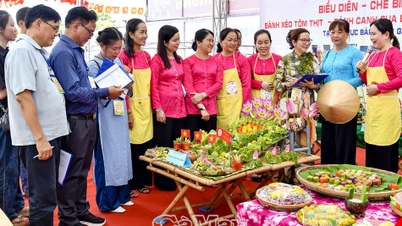
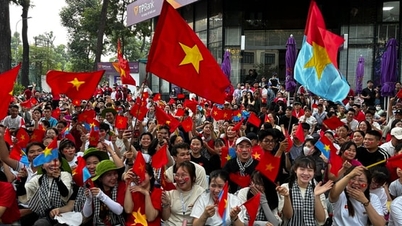
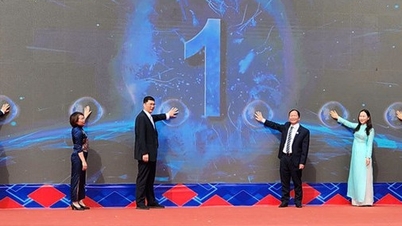








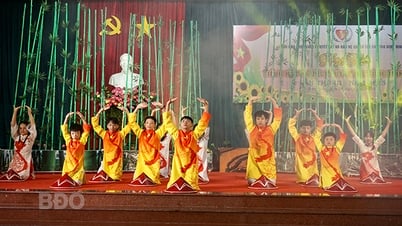
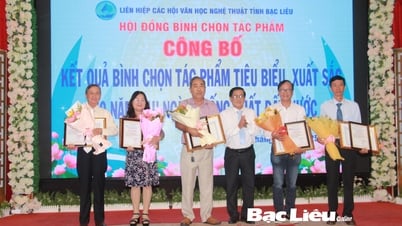

![[Photo] Cultural, sports and media bloc at the 50th Anniversary of Southern Liberation and National Reunification Day](https://vphoto.vietnam.vn/thumb/1200x675/vietnam/resource/IMAGE/2025/4/30/8a22f876e8d24890be2ae3d88c9b201c)


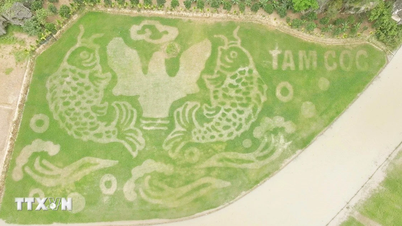










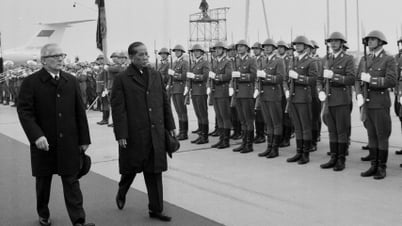

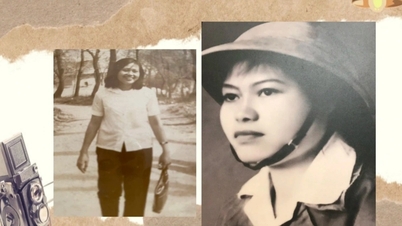

































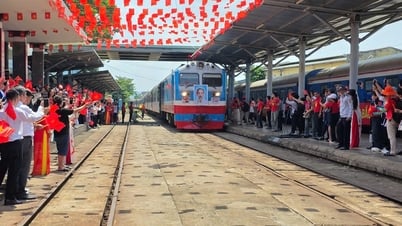

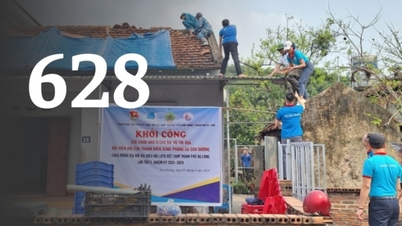






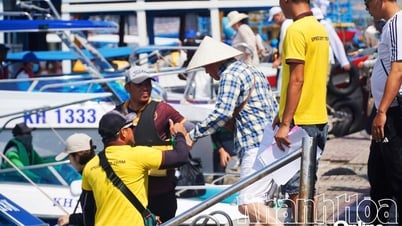











Comment (0)